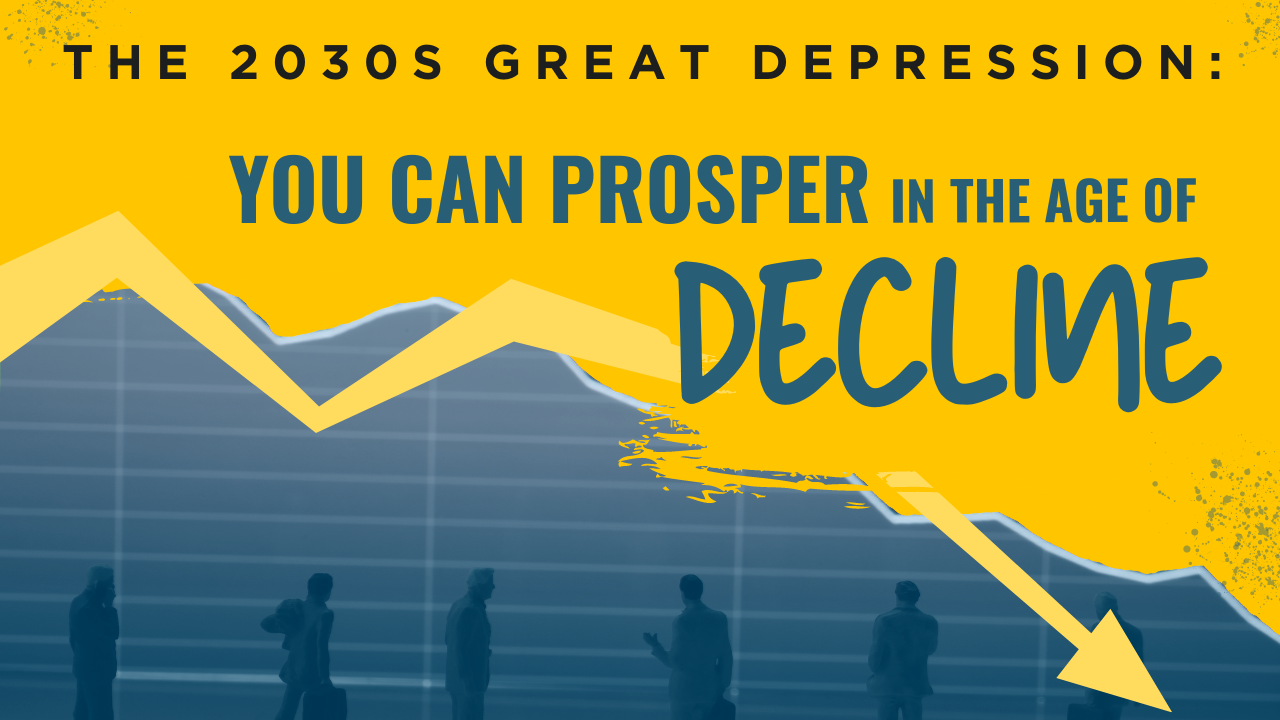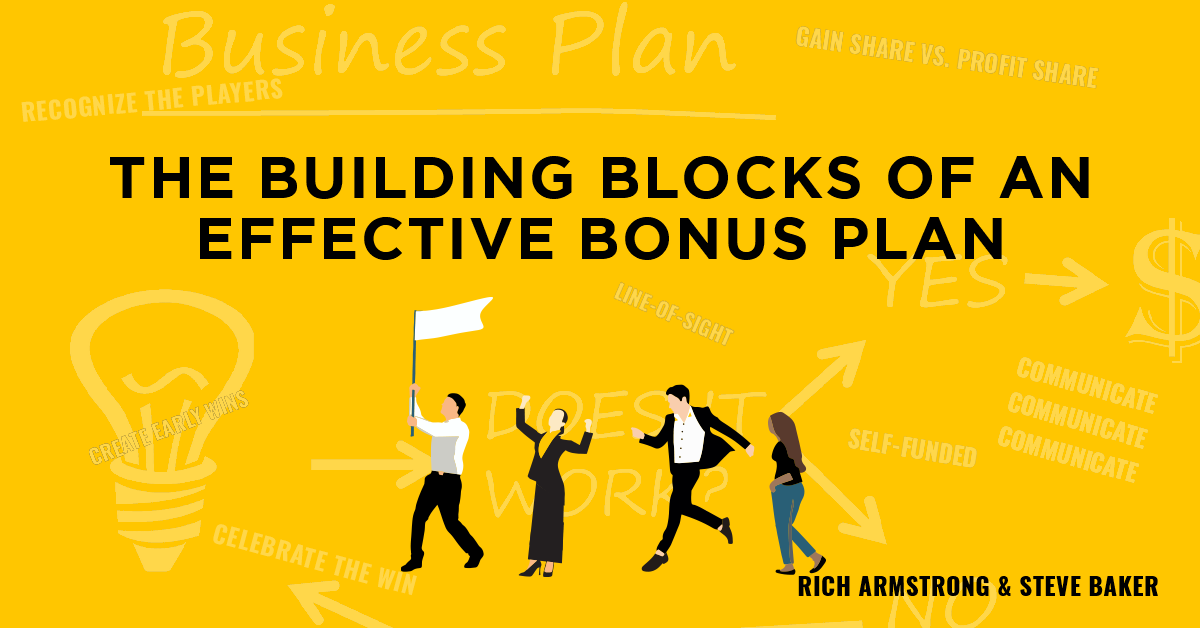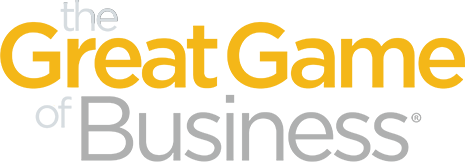
In an open-book company, we keep score in order to simply and consistently inform the players if they are winning or losing, and who is accountable. Check out these tips from Great Game Coach, Dave Scholten, for measuring the right results to maximize The Game at your business.
Variance vs. Accuracy- You Were 30% Off or 70% Accurate
You have a choice of whether to focus on the positive or the negative when it comes to your metrics. Would you rather hear, “You were 30 % off yesterday, what happened?” or “You were 70% accurate yesterday, what did you do to accomplish that?” Both comments reflect the same number. Although it might be necessary to focus on the "negative" results at times, don't forget to focus on the accomplishments and progress on the other side!
Here's another example. With the War for Talent top-of-mind for many companies, employee turnover and retention are topics you cannot ignore. If you track turnover, you may be able to pin down why people leave your company. If you track employee retention, however, think about the progress you will make in determining why your best employees stay.
Lead vs. Lag Measure in MiniGames™
MiniGames are short-term improvement challenges designed to correct a weakness or pursue an opportunity in the company. They are targeted at day-to-day improvements, which over time, add up to long-term success. In order to make progress in the long-term, you need to consider and track the proper items when developing your MiniGame. There are two types of measures to keep in mind here:
A lead measure is an activity or behavior that drives results. This result is our lag measure. When you play MiniGames, focus on the lead measure so you track and improve the lead behaviors that get us the desired results.
The Costs of Turnover and How to Spend That Money Better
HR folks will tell you that the average replacement cost of an employee ranges anywhere from 30% (entry level) to 400% (senior level) of their annual wage. Even at a conservative 100% replacement cost, 30% turnover within a 100 person company at a 30K salary is costing you $900,000 (30 employees X $30k=$900k).
Consider this: Are there ways you could spend that money differently to get more folks to stay rather than spending $900,000 in costs lost to turnover? This could include better office materials, quicker technology equipment, etc.
What Does Success Look Like in 6-18 Months?
When working on your first MiniGame, you need to ask yourself what success will look like at the end of that MiniGame? Your results could include improved communication, teamwork, learning, looking forward to the next game, or the feeling of winning.
Notice the goals of the first MiniGame don’t include improved financial results. That will come. It is okay to get serious about your goals but begin by getting your players on the field and letting them feel the satisfaction of winning. Winners win!
More Articles You Might Like:
.png)












.png)

